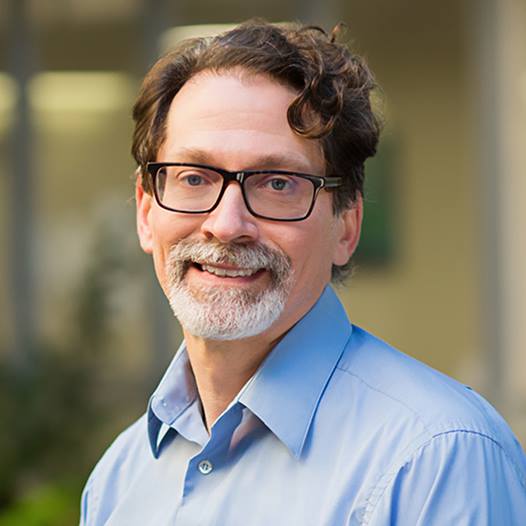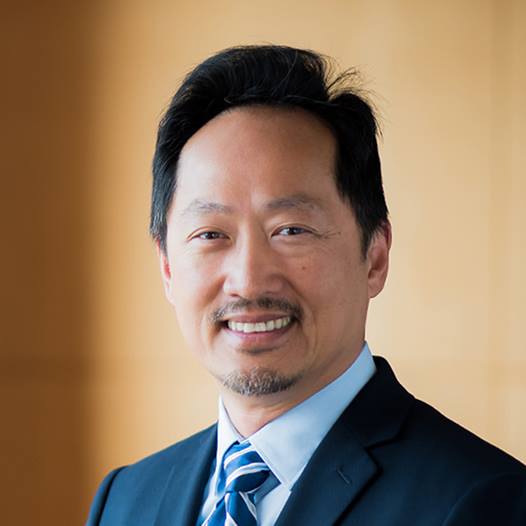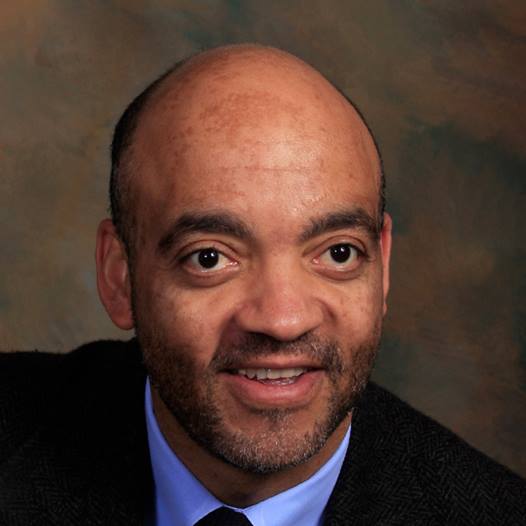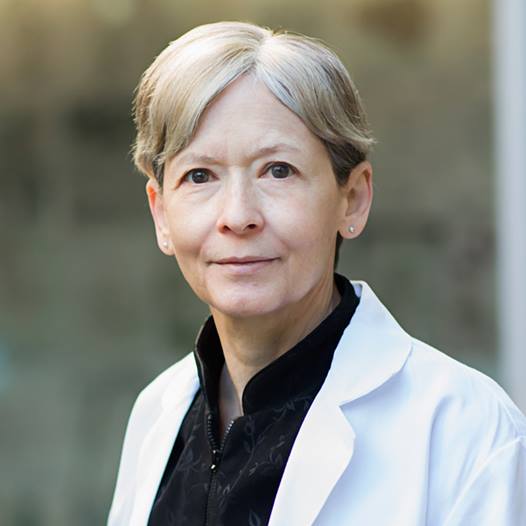Brachytherapy delivers radiation by placing radioactive material either directly inside a tumor or very close to it, sparing healthy tissue. Depending on the placement of the radioactive material, brachytherapy is delivered at a low-dose rate during a period of weeks or months, or at a high-dose rate during a short period of time.
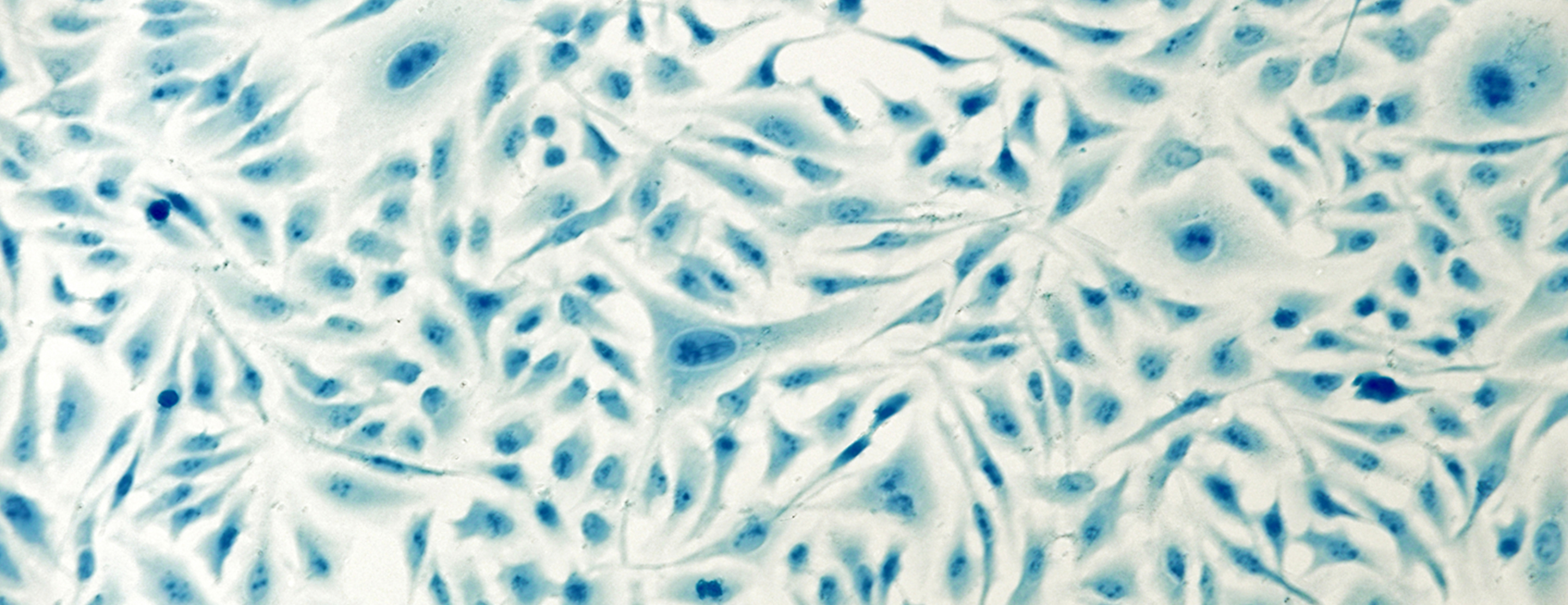
Brachytherapy
Conditions treated with this procedure include:
- Brain tumors
- Head and neck cancer
- Gynecologic cancer
- Prostate cancer
Low-Dose Rate
During low-dose rate (LDR) brachytherapy, small radioactive pellets, often called "seeds," each about the size of a grain of rice, are implanted into the tumor. These seed implants contain radioactive isotopes such as iodine 125 or palladium 103. They are left permanently in the tumor and give off radiation for periods of weeks or months.
Our radiation oncologists and urologists are experts in LDR brachytherapy for prostate cancer. Since 1995, UCSF Helen Diller Family Comprehensive Cancer Center has specialized in permanent prostate seed implant (SI). Many of our patients with prostate cancer are candidates for this curative treatment.
This is an outpatient procedure and most patients return home the same day.
Our radiation oncologists and neurologists also specialize in central nervous system brachytherapy for cancer that has spread to the brain and other brain tumors. UCSF has offered this procedure for over 25 years. During surgery to remove the brain tumor, neurosurgeons and radiation oncologists work together to carefully place seeds.
High-Dose Rate
High-dose (HDR) brachytherapy is most commonly used to treat prostate, cervical and head and neck cancer. During the procedure, the radioactive material, such as iridium, is temporarily placed in the tumor and then removed. The radioactive material travels through small plastic catheters to the targeted area.
The precise location is determined with the aid of a specialized computer system. Since the position of the radioactive material can be precisely adjusted, customized dose distributions can be created to meet each patient's needs.
Recent technological advances at UCSF have led to breakthroughs in the delivery of HDR brachytherapy. Computerized tomography (CT) and magnetic resonance (MR) image guidance and clinical expertise create the optimal dose distribution.
UCSF offers the most comprehensive brachytherapy program in California, The team includes a radiation oncologist, surgeon, physicist, radiation therapist and nurse.
UCSF Health medical specialists have reviewed this information. It is for educational purposes only and is not intended to replace the advice of your doctor or other health care provider. We encourage you to discuss any questions or concerns you may have with your provider.








